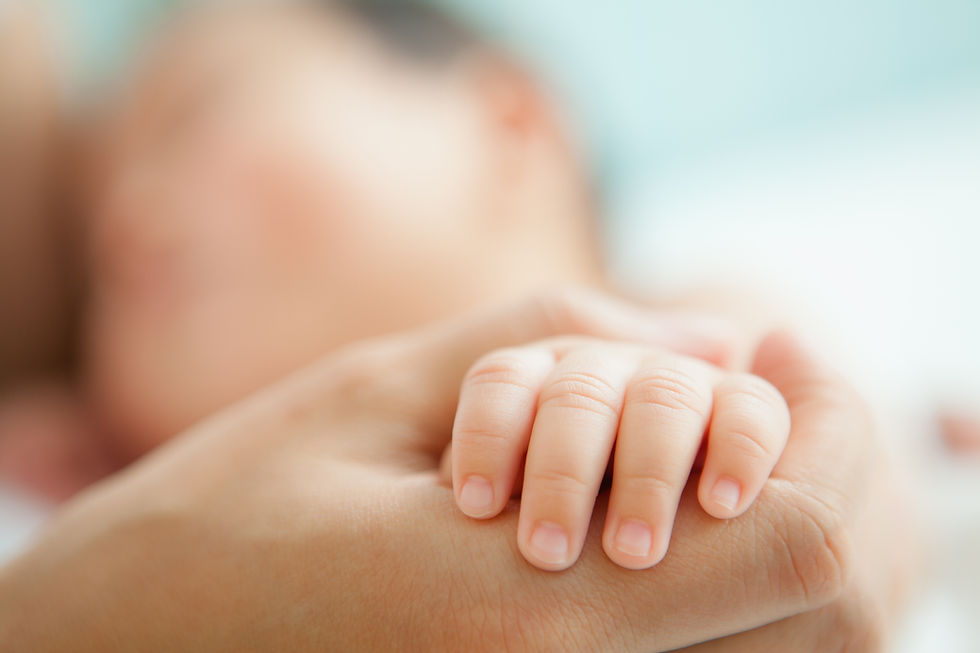What to Do if a Child Gets Stung by a Bee: A Guide for Child Care Providers
- Kimberly Kostas

- Aug 9
- 3 min read

Bee stings can happen anywhere — on the playground, during a nature walk, or even in your center’s backyard. For child care providers, knowing how to respond quickly and safely to a bee sting is an essential skill. Not only can stings be painful, but for some children, they can trigger serious allergic reactions.
As a pediatric nurse and health care consultant at PediNurse LLC, I work with Massachusetts child care centers to ensure staff are confident, compliant, and prepared for any health-related incident — including bee stings.
Step 1: Stay Calm and Reassure the Child
Children often become frightened after a sting. A calm, confident caregiver can help reduce their anxiety, making it easier to treat the injury. Speak gently and explain what you’re doing.

Step 2: Remove the Stinger Promptly
If you can see the stinger, remove it quickly. The longer it stays in, the more venom it can release.
Use a flat edge (like a credit card) to scrape the stinger out.
Avoid tweezers if possible, as squeezing may push more venom in.

Step 3: Clean the Area
Wash the site with soap and water to prevent infection.

Step 4: Reduce Pain and Swelling
Apply a cold pack (wrapped in a cloth) for 10–15 minutes.
If allowed by your center’s medication policy and with parent consent, you may use an age-appropriate dose of an antihistamine to reduce itching or swelling.
Keep the child still and elevate the affected limb if possible.

Step 5: Watch for Signs of an Allergic Reaction
While most bee stings cause only mild pain and swelling, some children may have anaphylaxis, a life-threatening allergic reaction. Call 911 immediately if you notice:
Difficulty breathing, wheezing, or frequent swallowing
Swelling of the face, lips, tongue, or throat
Widespread hives or rash
Dizziness or fainting
If the child has an EpiPen® or other epinephrine auto-injector, administer it according to their Individual Health Care Plan and your EEC-compliant medication administration procedures.

Step 6: Notify Parents and Document the Incident
Per Massachusetts EEC regulations, all injuries should be reported to parents and documented according to your center’s policy. Include details such as the location, time, symptoms, actions taken, and whether emergency services were called.

Prevention Tips for Child Care Centers
Teach children to avoid disturbing bees and other insects.
Keep garbage cans covered to avoid attracting them.
Check outdoor play areas regularly for nests.
Review your center’s medical emergency policies and ensure all staff are trained in recognizing and responding to allergic reactions.
How PediNurse LLC Can Help
Through PediNurse LLC, I help Massachusetts child care centers:
Create custom health care policies that meet EEC requirements
Train staff in first aid and emergency response for bee stings, allergic reactions, and more
Develop Individual Health Care Plans for children with severe allergies
When staff know exactly what to do, they can respond with confidence — keeping children safe and parents reassured.
Key Takeaway
A bee sting can be scary for both children and staff, but with the right training, policies, and preparedness, your team can handle it quickly and effectively.
If your center needs help developing or updating your health care policies, emergency response training, or allergy protocols, visit www.pedinurseconsulting.com to contact me today.

Sources:
American Academy of Pediatrics. Bee, Wasp, and Hornet Stings. HealthyChildren.org. https://www.healthychildren.org
Centers for Disease Control and Prevention. Insect Stings. https://www.cdc.gov/niosh/topics/insects/beeswasps.html
Massachusetts Department of Early Education and Care (EEC). Regulations for Child Care Programs. https://www.mass.gov/orgs/department-of-early-education-and-care




Comments